Skip to Main Content
Loading
/QuickLinks.aspx
/FAQ. aspx
/QuickLinks.aspx
/QuickLinks. aspx
aspx
[]
Riding an ATV in Minnesota is a wonderful way to explore the outdoors, but it's essential to do so safely and legally. We answered the most common questions Minnesotans have about how to ride an ATV while complying with all regulations from the Department of Natural Resources (DNR).
Riding an ATV in Minnesota doesn't require a vehicle license of any kind. However, you do need a standard driver's license to operate your ATV on roads.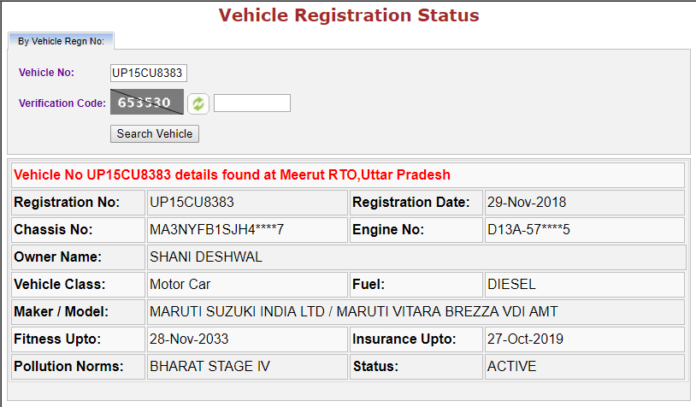 This applies even if you're just crossing the road briefly or riding in the ditch alongside the road.
This applies even if you're just crossing the road briefly or riding in the ditch alongside the road.
Separate from a driver's license, anyone born after July 1, 1987, must take an ATV safety course to drive on public land or trails. This course covers topics such as trail rules, equipment you'll need and safety procedures.
Riders under the age of 16 must also take a hands-on ATV skills course before they can ride on public land.
Yes, you are generally required to register your ATV with the Minnesota Department of Natural Resources (DNR) before you can ride it in the state — even if you're only going to use it on private property. Registration for a new ATV costs $68.50, including an issuing fee, and it lasts for three calendar years.
To register an ATV, you must go to a deputy registrar of motor vehicles or the state DNR license center in St. Paul. Bring a record of your ATV's make, model, year, and total width and engine size.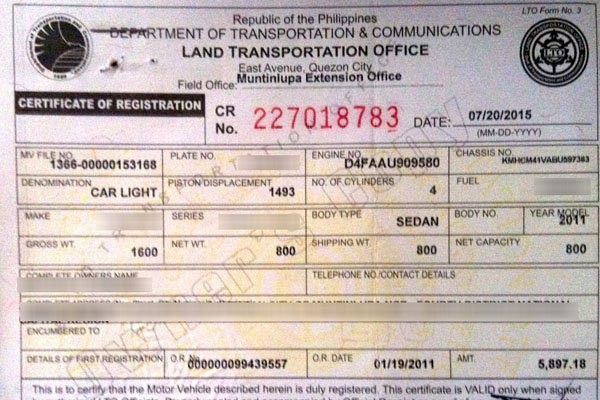 You'll need the serial number and sales receipt, too.
You'll need the serial number and sales receipt, too.
Once you fill out the paperwork and pay the registration fee, you'll be issued a card and a registration decal.
You'll also need to get a registration plate from a private store with your ATV's registration number on it, mount the plate to the back of your ATV and apply the registration decal to the plate.
There are a few times when it's acceptable to ride an ATV that has not been registered with the state government, such as:
The minimum unrestricted age to ride an ATV by yourself in Minnesota is 16. However, riders under that age can operate smaller vehicles under adult supervision, with more privileges available as the child gets older.
However, riders under that age can operate smaller vehicles under adult supervision, with more privileges available as the child gets older.
| 18+ (born after 7/1/87) | Online | -- | -- | Anywhere ATVs are allowed (driver's license required on roads) |
| 16-17 | Online | Yes | -- | Anywhere ATVs are allowed (driver's license required on roads) |
| 15 | Online and hands-on | Yes | -- | Public land with adult supervision, ditches with parental supervision |
| 12-14 | Online and hands-on | Yes | Class 1 only | Public land with adult supervision, ditches with parental supervision |
| 10-11 | -- | Yes | Class 1 only | Public land with parental supervision |
| 9 and younger | -- | Yes | Class 1 only | Private property only |
ATV drivers and passengers over the age of 18 are not required to wear helmets. However, anyone on an ATV who is under 18 years old is required to wear a helmet designed specifically for motor vehicles. Bicycle helmets don't meet this standard.
However, anyone on an ATV who is under 18 years old is required to wear a helmet designed specifically for motor vehicles. Bicycle helmets don't meet this standard.
The DNR and all ATV safety groups strongly recommend that you always wear a helmet when riding an ATV, regardless of how old you are.
Riding on trails or property that don't specifically allow ATVs is illegal and dangerous, both for you and for other people nearby. The rules that dictate where you're allowed to ride are fairly complex, so be sure you understand them before riding.
Here are the basics of where you're allowed to ride an ATV in Minnesota:
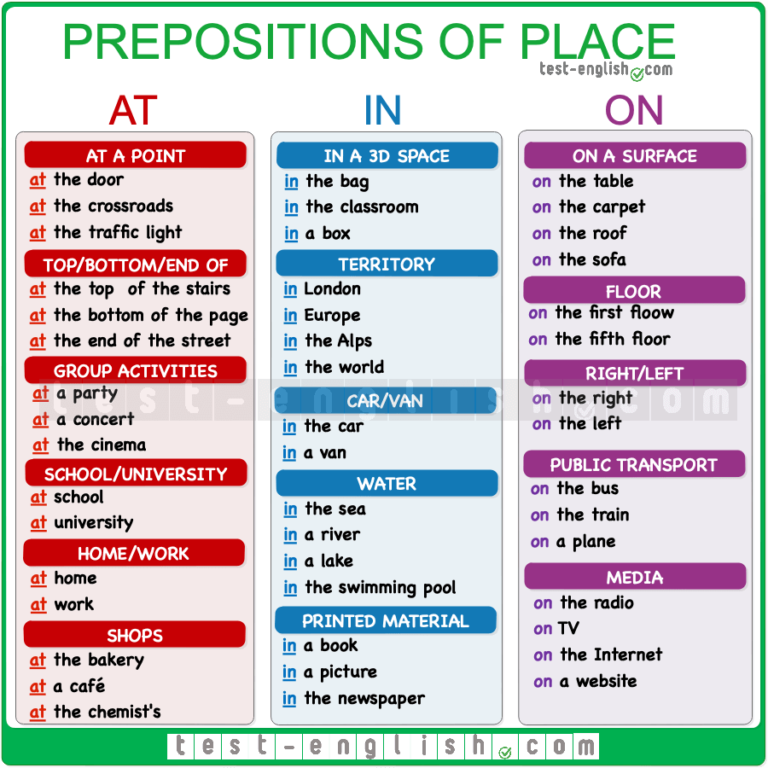 Paul metro area
Paul metro areaAccording to Minnesota state law, a vehicle is an ATV if it has between three and six low-PSI tires, with a total weight of less than 2,000 pounds and maximum width of 65 inches. If your ATV has a width of under 50 inches, it's a Class 1 ATV; if the width is between 50 and 65 inches, it's a Class 2 ATV. Generally, Class 1 ATVs have a saddle and handlebars, while Class 2 ATVs have side-by-side seats and a steering wheel.
If your ATV has a width of under 50 inches, it's a Class 1 ATV; if the width is between 50 and 65 inches, it's a Class 2 ATV. Generally, Class 1 ATVs have a saddle and handlebars, while Class 2 ATVs have side-by-side seats and a steering wheel.
Note that golf carts, dune buggies, go-karts and riding lawn mowers are all excluded from the category of ATVs.
MTPL in Ingosstrakh
Issue Extend
Go to the calculator for legal entities
Car
Enter the registration number and click "Find" - the data on the car will be filled in automatically ..
Number format
If the car is not registered, select the number format "I don't have a number"
Vehicle characteristics
Brand
Key factors affecting
the cost of the OSAGO policy
Settlement with the traffic police Euro protocol
For damage to the vehicle
Up to 400,000 rubles for each owner of a vehicle damaged in an accident due to your fault.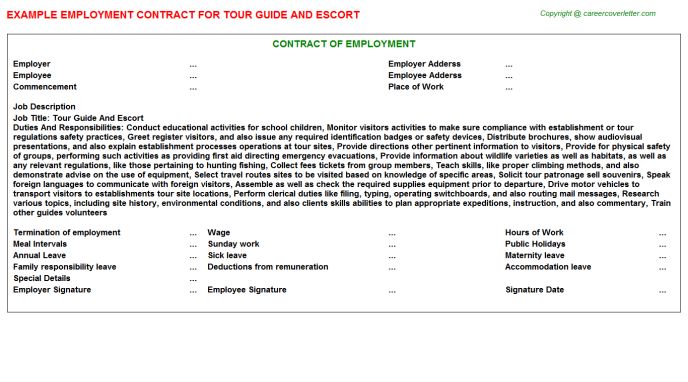 Within this amount, we will arrange repairs or make a payment
Within this amount, we will arrange repairs or make a payment
For damage to other property
We will pay up to 400,000 ₽ to each owner of property damaged in an accident through your fault. For example, if you hit someone else's fence or a city stop
For damage to life and health
We will pay up to 500,000 ₽ to each participant in the accident affected by your fault
For damage to the vehicle
Up to 400,000 ₽ if the participants in the accident agree about the circumstances of the accident and damage, and also took a photo accidents through the mobile application of the RSA "Accident. Europrotocol" or "OSAGO Assistant"
Up to 100,000 ₽, if the participants in the accident do not have disagreements, but did not take a photo or, conversely, if there are disagreements, but photographic fixation was carried out on
For damage to other property
Such accidents are issued only with the traffic police
For damage to life and health
Such accidents are processed only with the traffic police
Contact Ingosstrakh for direct compensation for losses.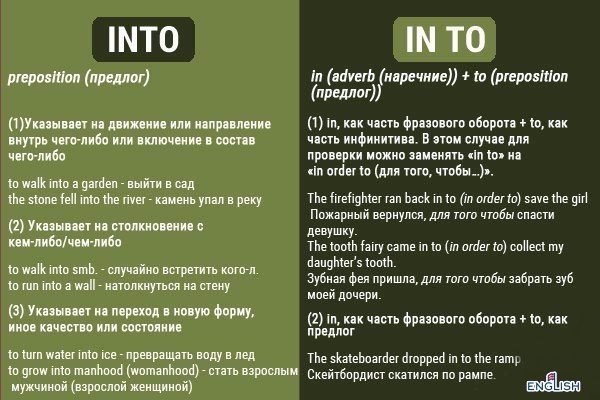 We recommend that you do this within 5 days from the date of the accident. To receive direct damages, the following conditions must be met:
We recommend that you do this within 5 days from the date of the accident. To receive direct damages, the following conditions must be met:
If at least one of the conditions is not met, the victim has the right to apply to the insurance company of the culprit. If the perpetrator does not have OSAGO, the victim may demand compensation from him for damages. This can be done through a pre-trial claim or in court.
Useful information
Questions and answers
From the insurance rate and coefficients established by the Central Bank of the Russian Federation 6007-U, as well as tariff factors established by the company. All factors that influenced the calculation of the cost of the policy are indicated in the draft policy, which can be reviewed before payment or in the policy itself. This information is in paragraph 7 - Calculation of the amount of insurance premium
All factors that influenced the calculation of the cost of the policy are indicated in the draft policy, which can be reviewed before payment or in the policy itself. This information is in paragraph 7 - Calculation of the amount of insurance premium
Does the price of OSAGO depend on the region in which the car is registered?
The cost of the policy is affected by the region in which the owner of the car is registered. At the same time, the car can be registered in any region of Russia. If the car is registered in a foreign country (that is, it does not have a Russian license plate), the country of registration does not affect the price of the policy. Please note that in the territory of the Donetsk People's Republic, Luhansk People's Republic, Kherson and Zaporozhye regions, as part of the Russian Federation, OSAGO is not valid until January 1, 2024.
How to terminate the OSAGO contract?
Upon termination of the OSAGO policy, in some cases, a part of the insurance premium is returned, depending on the number of remaining days of the period of use and minus 23%, the deduction of which is provided for by law.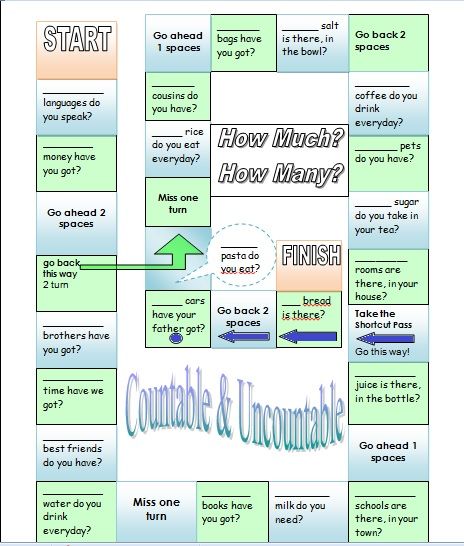
The e-OSAGO agreement is terminated according to the standard procedure in one of our offices or in a personal account on our website.
How is an electronic accident notice different from a paper one?
Nothing. But an electronic notice does not need to be taken to the insurance office. It is convenient to issue it using the OSAGO Assistant mobile application or the AUTO Public Services. To use the application, both participants must have a verified account on Public Services. Detailed information on filling out an electronic notice of an accident can be found on the website of the Russian Union of Motor Insurers.
What should I do if the owner of the car has changed?
The policyholder is required by law to notify the insurance company of a change in ownership. It will not be possible to reissue an insurance contract for a new owner. The policyholder needs to terminate the OSAGO contract, and the new owner must conclude a new contract. Exception: if the policyholder has become the new owner.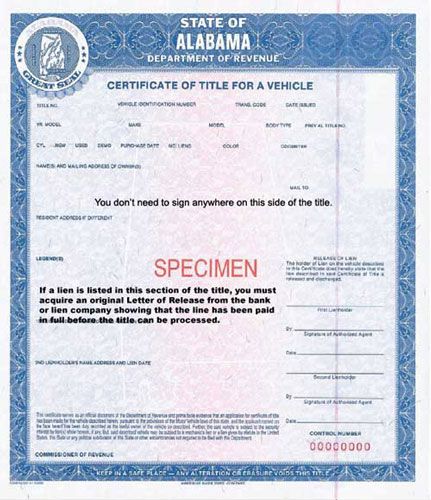 In this case, you still need to notify the insurance company and make changes to the policy.
In this case, you still need to notify the insurance company and make changes to the policy.
Does the cooling period work for the OSAGO contract?
No, the “cooling off period” does not work for compulsory insurance contracts.
1. What is the Europrotocol?
Europrotocol (European protocol) is a procedure for fixing an accident without calling the police.
Participants of the accident fill in the accident report on their own on a special paper form or in electronic form through a special application (OSAGO Assistant)
2. When can I file an accident according to the European protocol?
The following conditions must be met simultaneously:
The following conditions must be met at the same time: 1. Only 2 vehicles were involved in the accident, and only they were damaged: there are no victims and other property is not damaged 2. Both cars are insured under OSAGO, and the drivers are allowed to drive 3. The drivers agree to issue europrotocol
The drivers agree to issue europrotocol
3. What is the maximum compensation for OSAGO, and does this amount depend on the method of registration of an accident?
If drivers have disagreement and photofixation is impossible, you need to cause the traffic police
Useful information
Documents required for issuing an OSAGO policy
Application forms
Application for OSAGO
Insurance rules
Why you can trust us
Leave a review
Such expressions usually describe a large-scale operation: more than two hundred raids were carried out; involved employees of the traffic police, a special police detachment, patrol service, servicemen of the internal troops; off-road vehicles, unmanned aerial vehicles were used . .. And we are talking only about controlling the movement of ATVs, some of which were seized two months ago. How did it happen? One owner says that at the time of the stop he was carrying a "quad" on a gun carriage. Another was driving to the store along a country road: "I didn't want to torment the car in the cold." Now the owners are discussing how to return the property (one of them definitely succeeded at the time of publication). But they are no less concerned with the question of what will happen next: while ATVs are outlawed and their owners pass unspoken prohibitions by word of mouth.
.. And we are talking only about controlling the movement of ATVs, some of which were seized two months ago. How did it happen? One owner says that at the time of the stop he was carrying a "quad" on a gun carriage. Another was driving to the store along a country road: "I didn't want to torment the car in the cold." Now the owners are discussing how to return the property (one of them definitely succeeded at the time of publication). But they are no less concerned with the question of what will happen next: while ATVs are outlawed and their owners pass unspoken prohibitions by word of mouth.
Now, few people remember that exactly the same events took place a year ago. Thus, in the release of the ONT TV channel (dated February 13, 2017), the following information was accompanied by a characteristic video sequence: “Over the weekend in the Minsk region, seven drivers of such vehicles at once [all-terrain vehicles. — Approx. Onliner.by] were caught violating traffic rules and environmental laws. Two drivers were drunk, and a teenager was also detained, who hitched a sled to the all-terrain vehicle and rolled children. Eight more ATVs were seized for inspection after three such vehicles were stolen in the Berezinsky district. The reason for the raids of inspectors and rescuers was the increasing complaints of farmers. Snowmobile drivers often ride on farmland and damage crops.”
— Approx. Onliner.by] were caught violating traffic rules and environmental laws. Two drivers were drunk, and a teenager was also detained, who hitched a sled to the all-terrain vehicle and rolled children. Eight more ATVs were seized for inspection after three such vehicles were stolen in the Berezinsky district. The reason for the raids of inspectors and rescuers was the increasing complaints of farmers. Snowmobile drivers often ride on farmland and damage crops.”
This year, either the inspections were more active, or the ATV owners decided not to be silent, but the stories received much more publicity.
In particular, a video from Fanipol was widely discussed, when several ATVs were blocked by police cars at a gas station. Then the ATVs were delivered to the police station. The owners on the spot tried to find out the reason for the detention: “So tell me why you are taking it away. Well, of course, I left for special stages - they wrote out a protocol. And then what? You explain to us ... We agree: yes, on special steps, yes, a person violated. Why are you taking? Why?"
Well, of course, I left for special stages - they wrote out a protocol. And then what? You explain to us ... We agree: yes, on special steps, yes, a person violated. Why are you taking? Why?"
#atvclubby #atvclub #atv#utv #offroad #4×4 #brp #xmr #stels #cfmoto #polaris #yamaha #honda #suzuki #brudames #grizzly #guepard #kvadro #cool
Publication from ATVCLUB.BY (@atvclubminsk)
It is noted among ATVs that it was these “quads” that soon seemed to be returned. Anyway, that's what they say. This is generally typical for this area: a lot is passed from mouth to mouth, and there are very few specifics.
It so happened that ATVs were outlawed - they cannot be registered, insured, and, most importantly, it is not clear where they are allowed to move.
Together with several owners of the confiscated equipment, we meet near the Borovlya police department. This is where the detained vehicles are stored - we counted seven ATVs (one was not in the frame) and two snowmobiles.
- When I was stopped, I was not riding an ATV at all, - Andrey, the owner of the seized CFMOTO CF800 all-terrain vehicle, tells his story. - He was on the gun carriage. I picked it up after maintenance and planned to bring it to Logoisk, where I have a bathhouse. But no - they asked me to stop, and then they offered to go to the police department. Accompanied by cars with flashing lights.
Andrey
A man demonstrates a paper issued to him - a report on the inspection of the scene. We ask: what happened? Andrei shrugs his shoulders in bewilderment: "Nothing. Formally - checking the VIN number on the frame. Initially, they assured that the procedure would take very little time. And it's been two months already."
And it's been two months already."
According to the man, he repeatedly called and came to the police department. He asked when the property could be picked up. Each time he was asked to call back in a week, when they would conduct an examination.
Only when the article was ready for publication, Andrey sent a photo with an ATV: “Returned!”
Nikolai comes up to us, the owner of another ATV, which is also located at the site of the police department. His case is: “I bought a quad in 2007. Never had any problems. And this winter, in the cold, I felt sorry for the car - I decided not to drive it to the store (I live in Raubichi), started the ATV. There is a country road next to the highway, along which I quietly drove. When he returned home, they stopped him. They ask where the documents are. I answer - in the house, it is a two-minute walk. A few minutes later, some police officer drove up and ordered to call a tow truck. They said they were taking it in for a check. Then I myself brought an ATV in my car. And I couldn’t return for two months.”
Then I myself brought an ATV in my car. And I couldn’t return for two months.”
Nikolay
Similar stories can be told by other owners of seized vehicles. Our interlocutors heard about similar cases in Fanipol, near Logoysk, near Naroch... According to them, the police mostly dealt with this in the vicinity of Minsk.
How many ATVs were detained? On the website of the Internal Affairs Directorate of the Minsk Oblast Executive Committee, the latest publication on this topic states: "In total, 17 all-terrain vehicles and their modifications were delivered to guarded parking lots."
There are different versions of what was the real reason for such active police actions. Someone suggested that once on the Minsk Sea there was a run-in with a special services officer who was resting and witnessed the dangerous behavior of an ATV driver. When trying to stop a drunken inadequate employee was injured.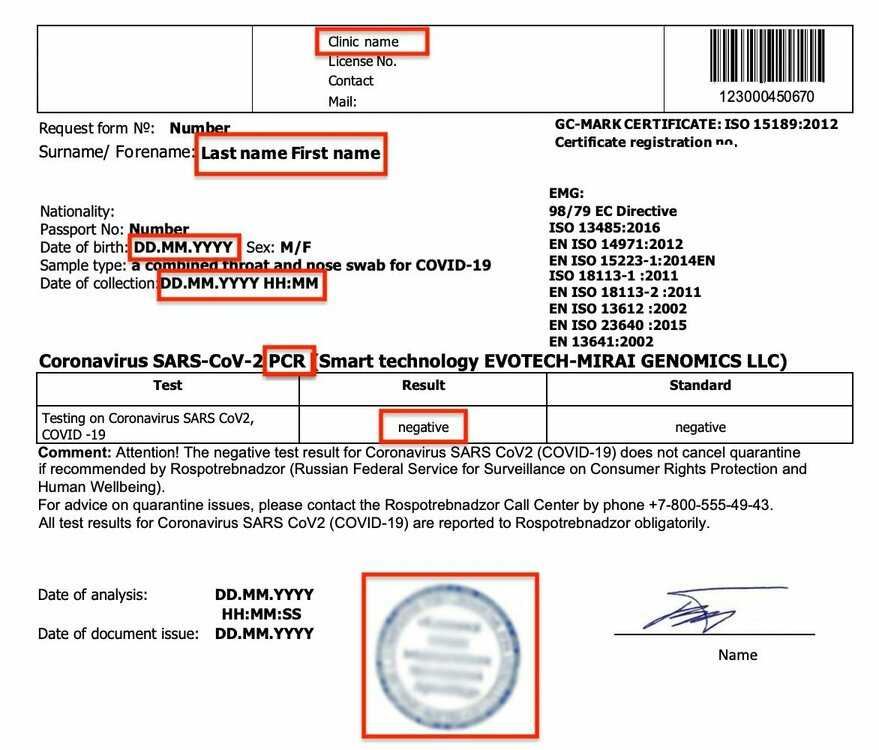
We recalled only one such case: it happened in 2012 at the Tsnyansky reservoir. Then the eyewitnesses drew attention to the all-terrain vehicle moving at high speed. The arriving traffic police gave the order to slow down, but the driver only accelerated. One of the witnesses tried to stop the vehicle, and a collision occurred (the victim was seriously injured). Subsequently, the persecuted was detained, he was found to have 0.96 ppm alcohol.
However, it is hard to believe that just now they remembered the story of six years ago. Too much water has flowed under the bridge, and it was rather exceptional.
Most quad bikers associate mass raids with the words of Alexander Lukashenko. Recall that in February 2018, at a meeting with security officials, he said:
- We have some "cool guys" ... These are not the children of ordinary people, but the cool ones themselves and their kids today on ATVs, snowmobiles - and went on winter , in the fields that I paid attention to, and you write unsubscribes to me.Select these vehicles - that's the whole solution.
Immediate action followed, which received media coverage the very next day. Detentions, use of drones, photographs from snowy fields.
As it turns out, not those who are prone to aggressive and hooligan actions fell under the distribution. Adults, serious people who used ATVs for various purposes came to the meeting with us.
- There was a lot of snow on my site in winter. I hung a blade on an ATV and cleaned the area, - Andrey gives his example. - That is, he used it for household needs. I can even plow the land! Hanging a seeder, a plow is not difficult. I know farmers do this. Are they also not allowed to drive across the fields?
According to Nikolai, he used an all-terrain vehicle to pick mushrooms: “I drove to the forest and left the ATV. Went for mushrooms - returned. Sometimes he carried firewood in a trailer. There is also a dump, which cleared the road. In general, I used it for household purposes.
Another interlocutor, Alexander, says that his family has two ATVs, he has been using them for more than ten years. They did not seize his equipment, but the man is concerned about the situation.
Alexander
He says that he often uses ATVs for good purposes and shows photos on his smartphone to prove it: “We love to walk in the forest, and I want it to be clean. We constantly take out the garbage - bottles, plastic, boxes... And last winter we fed the animals: we bought 200 kg of grain, potatoes, cabbage - we organized feeders. The plans are to make everything even more beautiful. There is no need to think that ATVs are used solely as a means of entertainment.
Animal tracks leading to the feeder
Our interlocutors assume that the information provided to Alexander Lukashenko was biased: “An unknown well-wisher made an elephant out of a molehill, clearly exaggerating the facts. ”
- Judge for yourself. On an ATV that weighs 300-450 kg, low-pressure wheels are installed, , the ATVs explain. — Surface load — minimum. Crops can be damaged only if you drift or gas, and even then on a couple of tens of square meters. But we don't even know about such facts.
“If there is damage from ATVs, then show it to us: post photos, videos, give the agronomist’s conclusion at worst”
. They offered to issue an official request, to which they promised to give an answer as soon as possible. In the letter, we asked to specify the damage caused to agriculture by ATVs, if any: “Police officers have repeatedly emphasized (and there are mentions in the press) that this is due to the destruction or damage to crops. Have such facts been recorded in which the guilt of ATVs has been established? Can they be made public? What is the damage?
However, instead of the detailed answer that we expected to receive, we received a proposal to look at the information on the ATC website. We are talking about the publication “Once again about ATVs. The police of the Minsk region does not reduce their attention in this direction.” Alas, there are no specifics about the fact that someone damaged winter crops on such and such an area or that citizen N. was detained, who was rolling around the farmland of the SPK of the N-sky district.
Mostly general phrases like this: "About 150 ATV owners have been officially warned of responsibility for driving on public roads and on farmland."
What does "warned" mean? Does this speak of recorded violations? After all, you can warn as a preventive measure: you saw and said.
Another "popular" reason for detention was checking the VIN numbers indicated on the body of ATVs. We were also interested in this fact, and in the same request to the Internal Affairs Directorate we asked for clarification: “It was mentioned that the facts of the theft of ATVs were recorded. In this regard, it is required to verify the identification numbers indicated on the bodies of these vehicles. Is it possible to indicate where the thefts occurred and how many ATVs were stolen in the last year?”
Again we turn to the publication on the ATC website, where we were politely directed. We find the following mention: “Taking into account the unsolved theft of three ATVs in past in the Berezinsky district, the commission of similar crimes in other regions, and also in order to prevent the appearance of equipment with a criminal past from other countries, the ratio of detained vehicles was checked within the time limits established by law funds for stolen property".
And now let's remember the news release of the ONT TV channel, which was posted in February 2017. When justifying the detention of all-terrain vehicles, the host pointed to the theft of three of them in the Berezinsky district. Coincidence?
Then why are completely different models of ATVs seized? Is there really no data on signs of stolen vehicles?
In the publication of the Department of Internal Affairs there is also a characteristic phrase: “In the course of the raid activities, law enforcement officers had reasonable claims against 16 drivers. Violators were identified in Minsk, Borisov, Dzerzhinsky, Molodechno, Myadel, Slutsk districts of the Minsk region. Mainly, we are talking about violations of the procedure for using public roads. There are examples of non-compliance with the requirements to stop, driving while intoxicated, and attempts to escape have been recorded. In a number of cases, there were no title documents for vehicles.”
200 raids were mentioned above, but justified claims arose against 16 drivers? Is that the right proportion? Is there any contradiction?
— This is not a motorcycle or scooter. ATV? The vehicle’s passport says “motorized and swamp-going vehicle”, - during conversations with the owners of ATVs, we tried to figure out how the law qualifies this vehicle.
According to the traffic rules, in which they try to prescribe every nuance, what is this?
We did not find the answer. The rules mention only quadricycles. However, this is completely different. Recall the wording: "Quadricycles (motorcycles) are equated to cars - four-wheeled motor vehicles with automotive-type control drives and curb weight of not more than 550 kilograms." Roughly speaking, this is a moped with a body.
Talks about the legalization of ATVs have been going on for a long time, and if it were not for mass detentions, then, probably, this issue would not have been raised.
- In Russia, ATVs can be registered with technical supervision, a registration certificate can be obtained, category B1 rights are provided, - list the interlocutors. - Why can't we have this? The only document is the same title document. This can be a customs clearance certificate, a contract of sale or a vehicle passport.
Interestingly, the February 2017 issue of the ONT TV channel mentioned plans to register ATVs starting in 2018. The representative of the State Automobile Inspectorate of the Ministry of Internal Affairs reported: "It was decided and instructed the Ministry of Agriculture and Food to ensure the state registration of snow and swamp vehicles, all-terrain vehicles in the divisions of the Main State Technical Supervision Department of the Ministry of Agriculture and Food from January 1, 2018. "
— After the ATVs were confiscated, many people rushed to look for information on the Internet and stumbled upon this “news”, — tell the ATVs. - Someone even went to register, because many of us are interested in everything being legal, clear and understandable. But no! Nothing has come out so far.
As our interlocutors admit, now many unspoken laws and orders are passed from mouth to mouth. It seems that a minimum category B license is needed, it seems that you can’t drive through the forests either (or only during a fire hazard period?). It seems to be...
— It turns out to be some kind of casuistry: you can buy ATVs, but you can't use them? - the owners of these vehicles are outraged. — De facto they exist, but de jure they do not exist in Belarus. Then the question arises, what are we fighting against? How did the authorities even identify that it was a quad and not a quad? Let them create a minimal base with hard yes and no. To have understanding. It is not normal when invented concepts are transmitted orally.
In the request sent to the Department of Internal Affairs, we specified: “Is there any information about the development of legislative acts that clearly regulate this issue? Will it be possible to register such a vehicle?”
Again, in the publication on the website of the regional police, a vague wording was found on this score: “It is also worth noting that since the registration of these vehicles is currently being worked out at the legislative level, it is better for owners to have documents confirming ownership technology."
In conclusion, the owners of the seized ATVs come to a common opinion: “Now many have taken a wait-and-see attitude - they hid the ATVs in the garages and are watching what will happen next. But such tightening of control will continue until we initiate the introduction of clear rules into the legislation. Look at what resource is involved: they distract police officers from the prevention of real offenses, call evacuators, and then they don’t know what to do and how to talk with people who have not committed anything illegal.